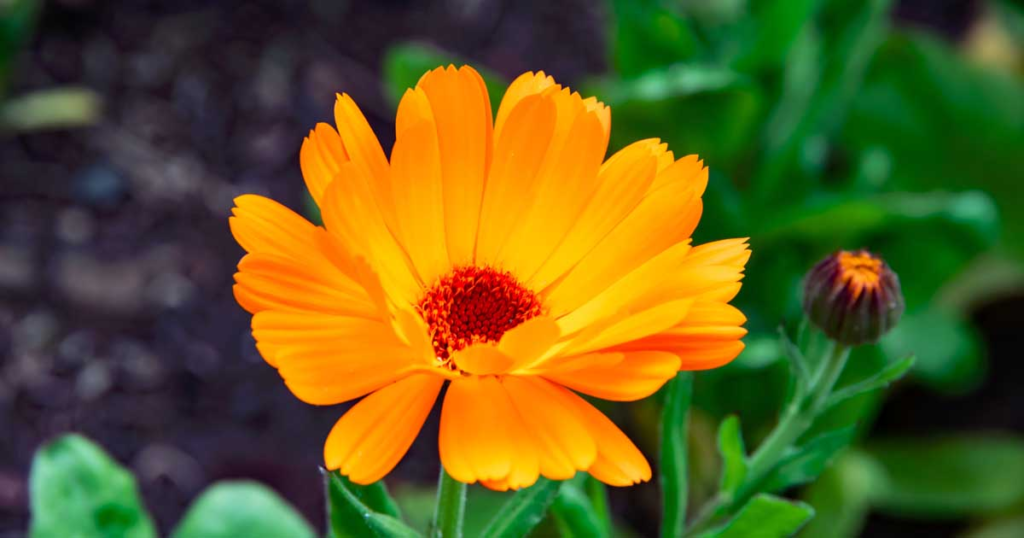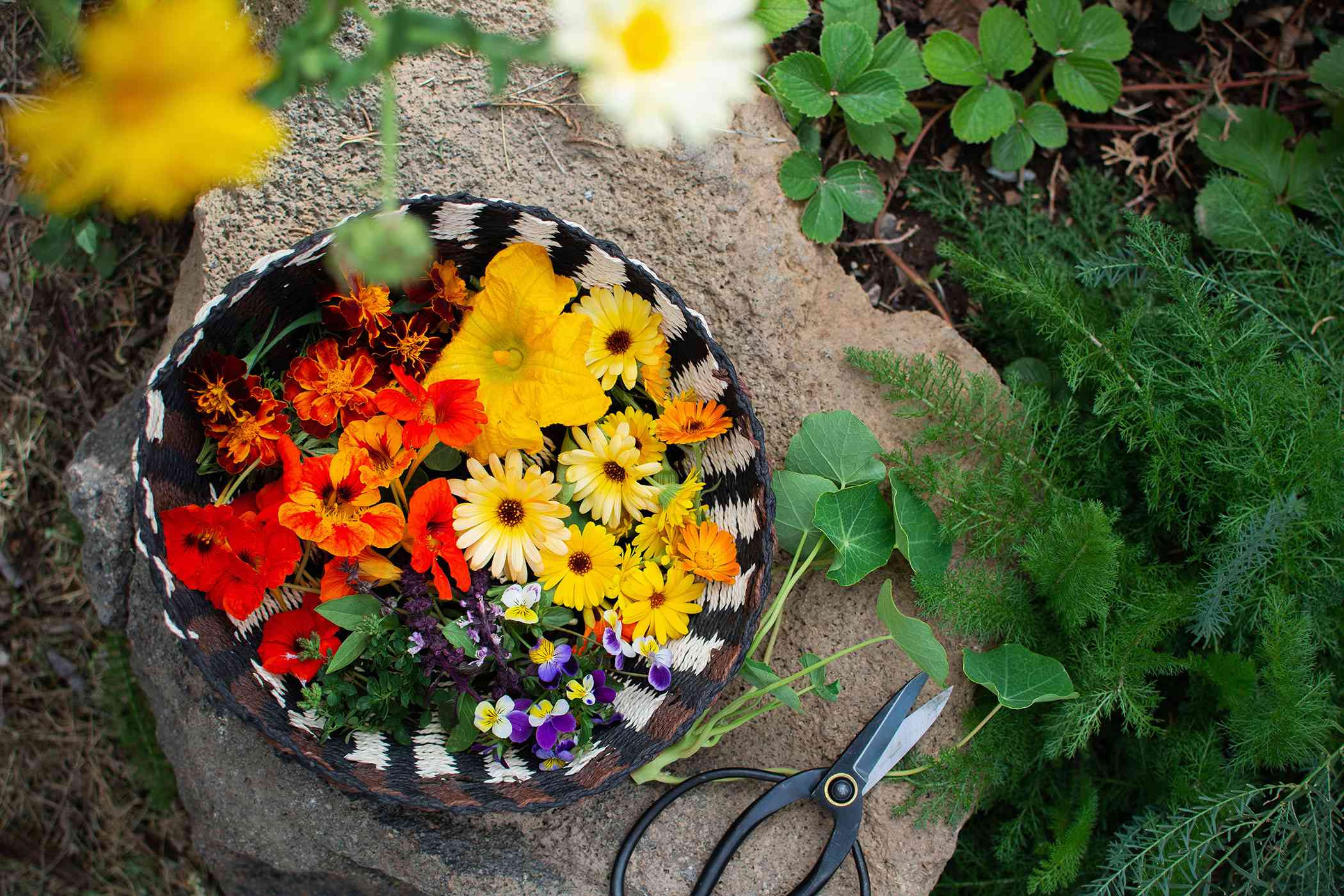Flowers in my garden must serve multiple purposes. Not only should they attract beneficial insects, suppress weeds, and add beauty, but ideally, they should also be edible. While that might sound like a tall order, there are many flowers that meet these requirements. Here are five of my top picks for edible flowers that you can easily grow in your vegetable garden.
1. Nasturtiums
Nasturtiums are my go-to edible flower. They were the first flowers I ever ate, and I continue to grow them for several reasons. Aside from being a feast for the eyes with their vibrant colors, nasturtiums are great for attracting pollinators and acting as a natural pest control by protecting my brassicas. Their trailing vines also create a natural windbreak for my vegetable garden.
Most notably, nasturtium flowers and leaves have a peppery flavor that adds zest to salads, sandwiches, and even herb butter. The seed pods can be pickled as an alternative to capers, though they might not be to everyone’s taste.

2. Calendula
Calendula flowers are a burst of sunshine in any garden, known for their striking orange and yellow petals. These flowers have a range of culinary uses: you can infuse the petals in oils, vinegars, or butter for unique flavors, or make vibrant, homemade syrups for cocktails and desserts. Calendula petals can even serve as a mild saffron substitute in cooking.
The petals also have healing properties, often used in creams or oils for their soothing effects on the skin.

3. Hemerocallis (Daylilies)
Hemerocallis, commonly known as daylilies, are another delightful addition to your garden. While the flowers only last for one day, they offer a deliciously fresh, mild flavor. The buds and blossoms can be used in a variety of dishes, from stir-fries to soups and salads. Daylilies are also very versatile—try them cooked, or use the flowers raw for a more delicate flavor.
4. Sunflowers
Sunflowers are not just for their beauty or for attracting wildlife. You can also eat them! While the petals can be added to salads, the real treat comes once the flower has passed its prime. Sunflower seeds are a fantastic snack—either raw or toasted—and provide a healthy source of protein. The flowers themselves also attract pollinators and seed-eating birds, making them a valuable garden companion.
5. Elderflowers
The elder shrub produces clusters of fragrant white flowers that can be transformed into a variety of delicious treats. Elderflowers can be deep-fried in batter for a crispy, sweet snack, or used to make elderflower cordial, a refreshing beverage that’s perfect for summer. Be sure to leave plenty of flowers behind for pollinators and to ensure a second harvest of elderberries, which are excellent for making wine or pies.

More Edible Flowers to Consider
While these five are my personal favorites, there are many other edible flowers worth exploring. Consider planting pansies, violas, borage, cornflowers, or French marigolds. The flowers of many herbs, like basil, thyme, or oregano, are also edible and provide a milder flavor compared to their leaves.
Even some common vegetable flowers can be eaten! For example, squash blossoms can be stuffed with cheese or rice, or fried in batter. And if your brassicas begin to bolt (flower), you can harvest them as ‘raab,’ a tasty edible flower that’s perfect for stir-fries or salads.
Tips for Harvesting Edible Flowers
Before you start munching on flowers, it’s essential to properly identify them, as some flowers can be toxic. Be cautious of using flowers from unknown sources, such as roadside plants or those near areas frequented by animals, which may be contaminated by pollutants or pesticides. It’s always safest to grow your own flowers from seed.
Pick flowers fresh on the day you plan to use them. Generally, only the petals are eaten, so remove any other parts and wash off any pollen. For plants like fennel and dill, which have umbrella-shaped clusters of flowers, you can use the whole bloom. But be sure to shake off any insects that may be hitching a ride before washing them.
Edible flowers can truly enhance your garden’s ecosystem and your meals, offering a unique combination of beauty and flavor. With a little planning and care, you can grow these flowers in your own backyard and enjoy their many benefits.
